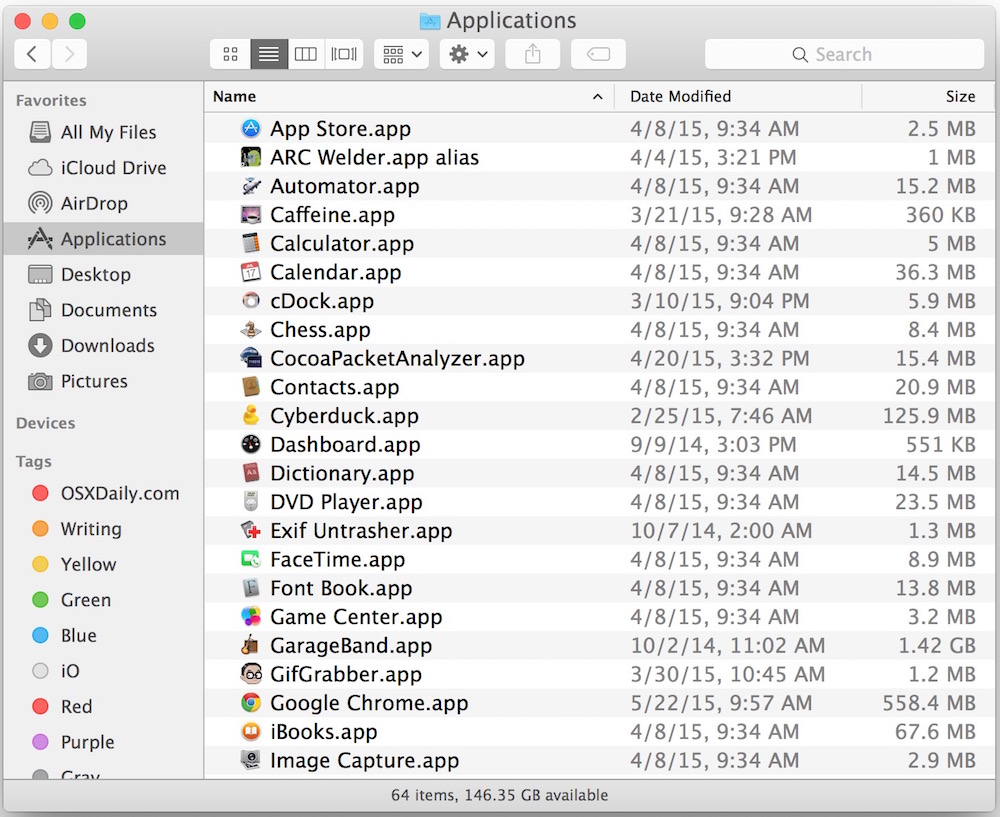To Do apps are great, but they can often have too much technology wrapped around them for mundane tasks. Simple text files are okay for fast to do lists, but your favorite app may not be cross-platform and sync via iCloud. In OS X El Capitan, Apple has added the ability to create simple checklists which might be all you need for short-term to do items. Here's how to do it.
May 26, 2020 If your Mac is using an earlier version of any Mac operating system, you should install the latest Apple software updates, which can include important security updates and updates for the apps installed by macOS, such as Safari, Books, Messages, Mail, Music, Calendar, and Photos. Jan 31, 2019 To do list apps tend to fall into two categories: the complex and the minimalist. Things is somehow both. Open Things for Mac and it looks simple: You've got an Inbox for your tasks and the option to add more lists. Dig a little, though, and there are all kinds of advanced tools here.
First off, there is some context for writing this tip. In my experience, there are two different kinds of To Do lists. The first, I call it Type I, is more formal and has, for example, deadlines, catagories, alerts, supporting data, and needs to be kept as an archive. One very good app for doing that is the app called Things from Cultured Code. It's in the Mac App Store. I've been using it for years.
The second kind of list, Type II, in my opinion, is a shorter, perhaps daily list of small things to do. It's even less formal than reminders and doesn't need alerts. You just want to make a list, make it nice, and then check off the items as you go. If you use a formal To Do app like Things, it's just be over kill, and the mechanics data entry may cause you to stop using it for Type II lists.

And so, without further ado, here's how to make a tidy checklist of things to do, Type II, in the OS X El Capitan Notes app.
____________________________
1. Launch the Notes app in your Applications folder. El Capitan may want to upgrade it so that it has the new features, but also wants you to have the same version running in all the devices you sync with. If you're not ready to do that, just go to System Preferences > iCloud > Notes and turn off cloud sync. Later when all your Macs are on the same version of OS X, you can sync across all of them.
Click the create button (small pen) to start a new entry.
Todo App Macos
Note: The following screen shots will just show the top of the window for brevity.
2. You'll see a new entry in the left pane called 'New Note.'3. A cursor will appear in the right pane. Type a title for the checklist.
4. Optional. Select the title you just created, and from the style icon (Aa), select 'Heading' to make it bolder and easier to read.
5. Hit return to create a new blank line. Now click on the checklist icon (√) to create a new entry. Note the leading circle.


6. When you're done creating the list, you can then go back at any time and click in the small, leading circle to mark the item as done. (You, of course, can uncheck if need be.) Continue to add or delete items in the normal select/delete fashion.
I have particular affection for this app and technique because I know I'm going to use it every day. It's fast, accessible, easily added to, and very visual. For daily checklist of minor tasks to be done, it's very handy.
Of course, there are many ways to get this kind of job done, but the a consideration here is that it's common in Apple devices, simple, fast and syncs across all your iOS and OS X devices (that are on El Capitan). Perhaps it'll simplify your life as it did mine.
The System Information app provides detailed specifications and other information about your Mac hardware and software, including your network and external devices. In some versions of OS X, this app is called System Profiler.
Choose Apple menu > About This Mac. This opens an overview of your Mac, including your Mac model, processor, memory, serial number, and version of macOS. To see the greater detail provided by the System Information app, click the System Report button.
To open System Information directly, press and hold the Option key and choose Apple menu > System Information. You can also use Spotlight to find System Information, or open it from the Utilities folder of your Applications folder.
System Information opens to a system report for your Mac:
Select items in the sidebar to see information about each item. For example, the Hardware section shows your Mac serial number, the Memory section shows how much RAM is installed in each internal memory slot, and the Software section shows which startup disk (boot volume) your Mac is using. You can use the Network section and Network Utility to learn more about your network.
Mac Os X Download
To have System Information read your serial number aloud, choose File > Speak Serial Number.
To save a copy of your system report, choose File > Save.
To learn more about System Information, choose Help > System Information Help.